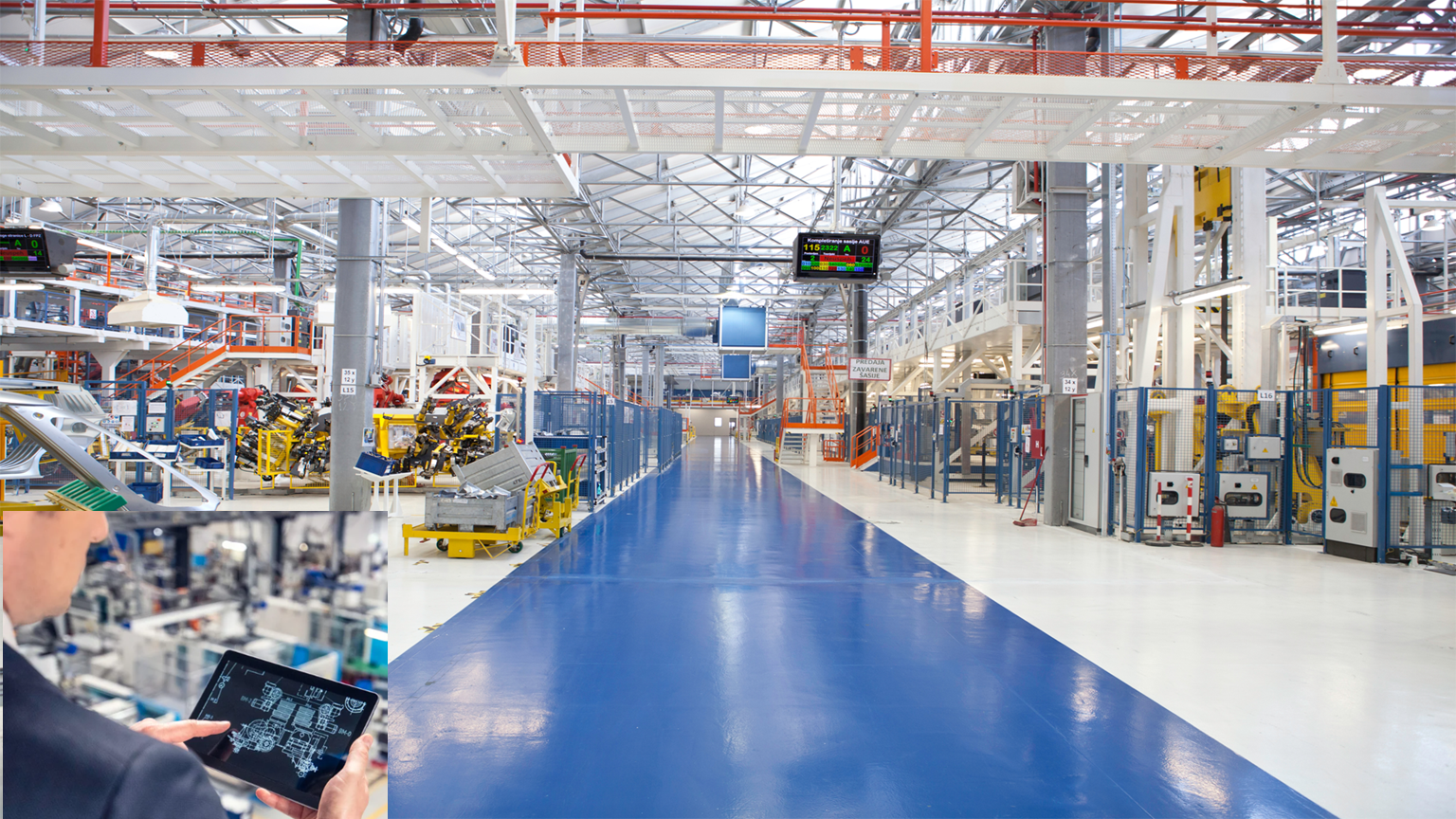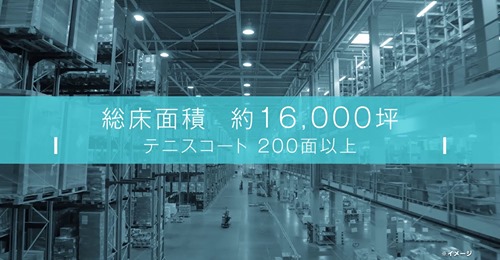
1/ Overview and Classification
Industrial factories transform raw materials into finished goods at scale. They can be broadly categorized by their primary function:
- Process-Driven Plants: Chemical, petrochemical, pharmaceutical, food and beverage.
- Discrete-Part Manufacturing: Automotive assembly, electronics, appliances.
- Energy and Materials: Power generation, cement, steel, glass.
- Hybrid Facilities: Mixed operations combining process and discrete lines.
Each type imposes unique requirements on building design, utilities, safety systems, and environmental controls.
2/ Site Selection and Feasibility Studies
A rigorous feasibility study minimizes risk and optimizes long-term performance:
2.1/ Logistics and Connectivity
- Proximity to highways, rail, ports, and airports.
- Accessibility for inbound raw materials and outbound finished goods.
2.2/ Resource Availability
- Reliable power supply (grid or captive generation).
- Water sourcing: process, cooling, and domestic use.
- Raw material proximity to reduce transportation costs.
2.3/ Labor and Community
- Local skill levels and labor costs.
- Social impact, community relations, and potential incentives.
2.4/ Regulatory and Environmental Constraints
- Zoning, land-use approvals, emission limits.
- Wastewater discharge standards and waste disposal.
2.5/ Topography and Ground Conditions
Soil bearing capacity, seismicity, flood plains, and drainage.
Site surveys form the foundation of architectural and engineering design.
3/ Master Planning and Architectural Design
Effective master planning balances expansion flexibility, safety, and efficiency:
3.1/ Functional Zoning
- Production halls, raw material storage, finished goods warehouse.
- Administrative offices, R&D labs, staff amenities.
3.2/ Traffic Flow Optimization
- One-way material flow to prevent cross-contamination.
- Clear pedestrian paths, emergency exits, and vehicle routes.
3.3/ Modularity and Future Growth
- Structural bays sized for modular expansion.
- Reserved land buffers for future utilities or process units.
3.4/ Environmental Integration
- Landscape buffering, noise barriers, and visual screening.
- On-site stormwater management and green spaces.
4/ Structural Engineering
Selecting the right structural system ensures safety and longevity:
4.1/ Frame Systems
- Pre-engineered steel frames for large spans and rapid erection.
- Reinforced concrete frames for high fire resistance and vibration damping.
4.2/ Load Considerations
- Dead loads: structure, equipment, mezzanines.
- Live loads: material handling, dynamic equipment.
- Wind and seismic loads per local codes.
4.3/ Connections and Foundations
- Bolted or welded connections for steel.
- Deep foundations (piles) vs. spread footings based on soil report.
4.4/ Vibration and Deflection Control
Critical for precision manufacturing and heavy machinery.
5/ MEP (Mechanical, Electrical, Plumbing) Systems
5.1/ Electrical Distribution
- High-Voltage Intake: Dedicated substation or utility feed.
- Switchgear and Transformers: Redundancy with automatic transfer switches (ATS).
- Low-Voltage Network: Motor control centers (MCC), distribution boards.
- Earthing and Lightning Protection: Per IEC or NEC standards.
5.2/ HVAC and Cleanroom Design
- Process Ventilation: Extraction for fumes, dust, and heat.
- Cleanroom Classifications: ISO 5 - 8 for semiconductor, pharmaceutical.
- Energy-Efficient Systems: Heat recovery wheels, variable-frequency drives (VFD).
5.3/ Water Treatment and Plumbing
- Potable vs. Process Water: Reverse osmosis, deionization for high-purity.
- Cooling Systems: Closed-loop chillers, cooling towers, plate heat exchangers.
- Wastewater Pre-Treatment: Equalization, neutralization, biological or chemical treatment.
6/ Production Processes and Layout
6.1/ Process Flow Mapping
- “Spaghetti diagrams” to trace material and operator movement.
- Buffer zones between high-volume and sensitive operations.
6.2/ Cellular vs. Line Layouts
- Cellular for batch customization and flexibility.
- Assembly lines for high-volume, repetitive manufacturing.
6.3/ Material Handling Equipment
- Conveyors, AGVs (Automated Guided Vehicles), overhead cranes.
- Kitting stations, FIFO racks, and Kanban pull systems.
6.4/ Lean Principles
5S workplace organization, waste reduction, continuous improvement.
7/ Automation and Smart Factory Technologies
7.1/ PLC and SCADA Systems
Real-time monitoring, data logging, alarm management.
7.2/ Industrial IoT (IIoT)
- Networked sensors for temperature, vibration, pressure.
- Edge computing for local analytics and cloud integration.
7.3/ Robotics and AGVs
- Robots for welding, painting, pick-and-place.
- Autonomous vehicles for material transport and inventory replenishment.
7.4/ Digital Twin
Virtual replica of equipment and processes for simulation, predictive analysis.
8/ Software Integration: MES, ERP, and Analytics
|
Software Layer |
Core Functions |
|---|---|
|
ERP |
Finance, HR, procurement, inventory management |
|
MES |
Production scheduling, quality control, traceability |
|
SCADA/HMI |
Real-time process control and visualization |
|
Analytics/BI |
KPI dashboards, OEE (Overall Equipment Effectiveness) |
APIs and OPC UA protocols ensure seamless data flow across systems.
9/ Quality Management and Maintenance Strategies
9.1/ Standards and Certifications
ISO 9001 (Quality), ISO 14001 (Environmental), ISO 45001 (Safety).
9.2/ Maintenance Approaches
- Preventive: Scheduled inspections and part replacements.
- Predictive: Vibration analysis, thermography, oil analysis.
- RCM (Reliability-Centered Maintenance) to prioritize critical assets.
9.3/ Continuous Improvement
- TPM (Total Productive Maintenance) to engage operators in upkeep.
- Kaizen events to reduce downtime and streamline changeover (SMED).
10/ Environmental, Health, Safety, and Sustainability
10.1/ Emissions Control
Scrubbers, baghouses, catalytic converters for air pollutants.
10.2/ Waste Management
- Segregation of hazardous and non-hazardous streams.
- On-site recycling, off-site disposal per local regulations.
10.3/ Energy Optimization
- On-site solar, biomass boiler, combined heat and power (CHP).
- Energy audits, sub-metering, and ISO 50001 energy management.
10.4/ Safety Systems
Fire detection and suppression, gas leak detection, emergency egress.
11/ Commissioning, Testing, and Handover
- Factory Acceptance Test (FAT) at vendor site to validate equipment performance.
- Site Acceptance Test (SAT) post-installation for mechanical, electrical, and control systems.
- Commissioning: Integrated system checks, loop tuning, clean air validation.
- Training and Documentation: Operation manuals, SOPs, maintenance guides.
- Performance Verification: Trial production runs, punch-list closure.
12/ Future Trends
- AI-Driven Process Optimization: Machine learning for yield improvement.
- Blockchain Traceability: Immutable logs for supply-chain transparency.
- Circular Manufacturing: Design for disassembly, material reuse, zero-waste factories.
- Human - Machine Collaboration: Robots working side by side with operators.
QTE Technologies provides everything for the factory. We are proud to be a global MRO provider, serving customers in over 180 countries and always strive to ensure our customers have a complete and satisfying experience. Established in 2010, we supply over 1 million products for every industry and technology. Additionally, you can contact us anytime via 24×7 chat support, phone, WhatsApp or email. Discover what our valued customers have to say about our services on our dedicated review page.
Article Author: Editorial Board of QTE Technologies (with a strong background in both engineering and innovation - over 15 years of experience).




